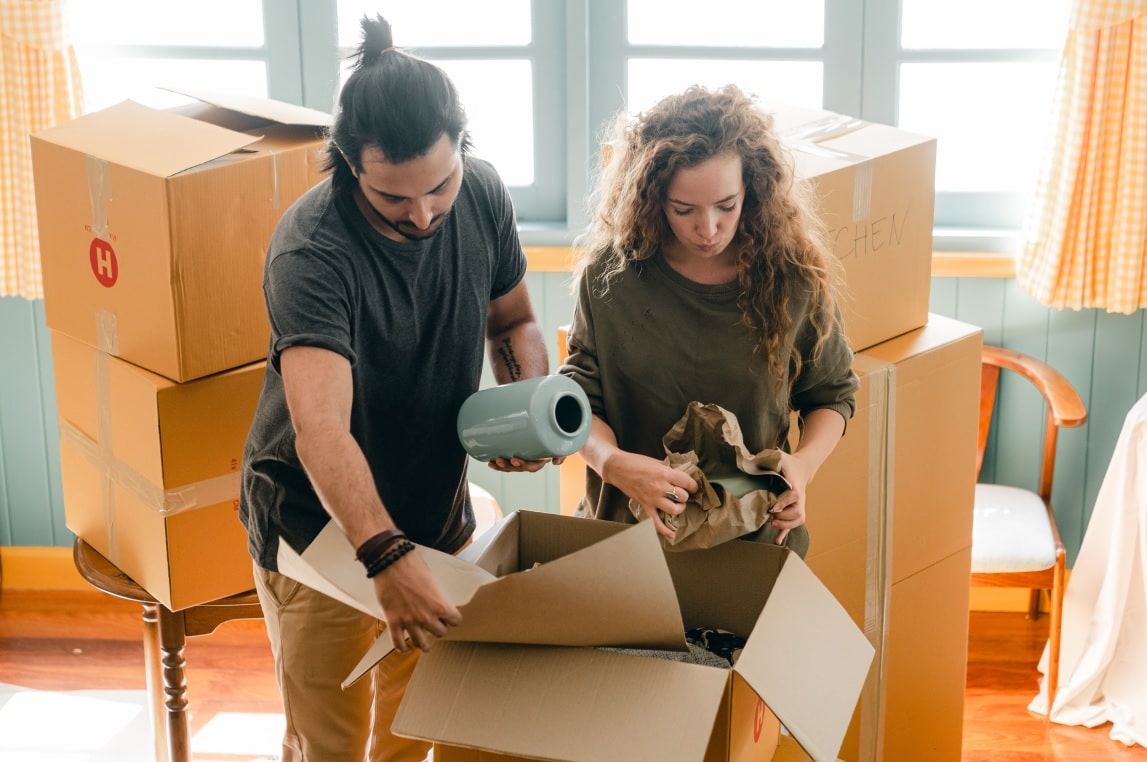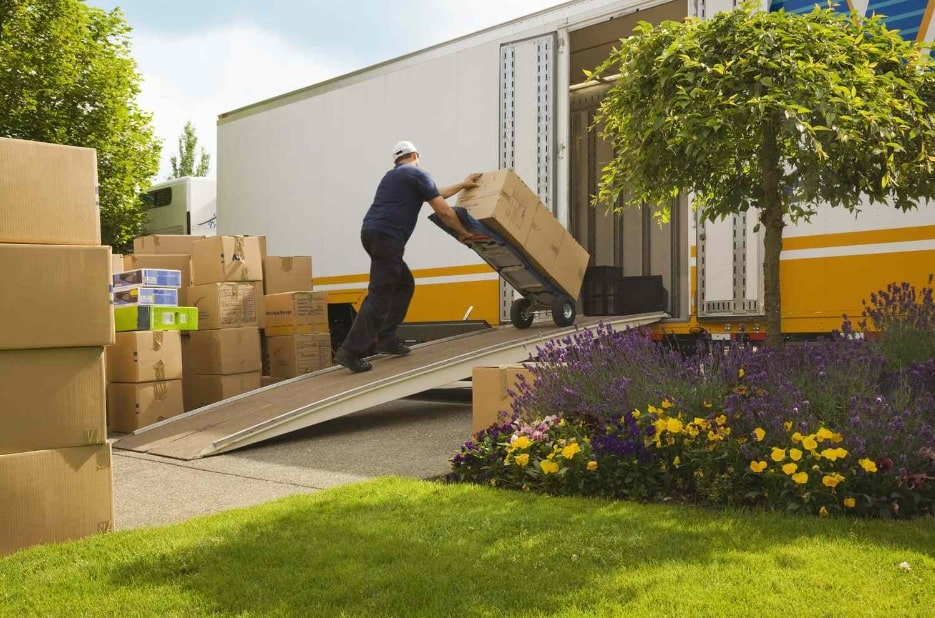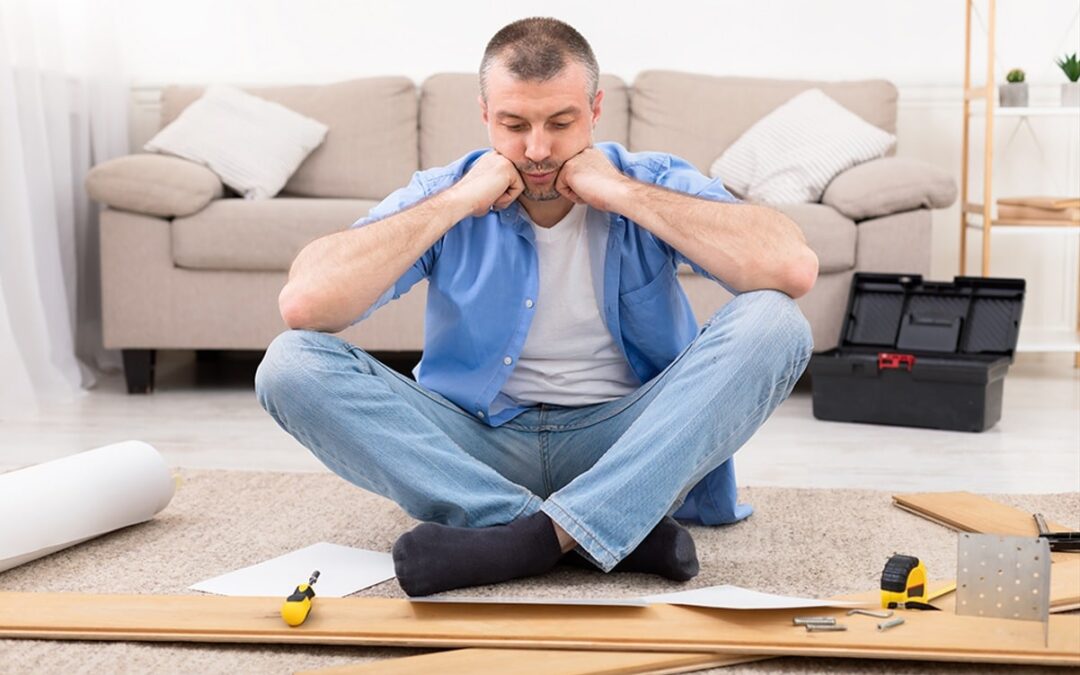There are some people who will live in the same place their whole life and other people who seem to move every few months. Most people fall somewhere in between. In fact, the average American moves around 11.7 times throughout their life. No matter how often you move though, it’s never easy. Luckily, you can follow some of these useful moving hacks to help keep your sanity throughout the process.
Start As Early As Possible
Waiting until the last minute to start moving can be stressful. The second you decide you’re going to move, you should start organizing your stuff. Ideally, you’ll have a full month or more before moving so you can take your time decluttering, cleaning, organizing, and packing. Set aside a bit of time everyday for your moving tasks. Narrow your focus to a single room or single step each day. That way you won’t get overwhelmed by the amount of steps you need to take.
Don’t forget to schedule time to research and book professional NYC movers. Most movers suggest booking at least 3 weeks in advance of your actual move date especially during peak moving season during May-September. While hiring movers might cost you more money than going the DIY route, it saves you time in the long run as you don’t have to plan out your moving route, worry about parking, or deal with the horrible traffic in NYC.
Use Your Supplies Effectively
Moving is synonymous with cardboard moving boxes, but if you’re waiting for your paycheck to clear and can’t buy new boxes, find ways to use what you have. Some popular household items you can use as moving boxes include:
- Plastic containers
- Baskets
- Hampers
- Suitcases
- Briefcases
Pack away as much as you can before you decide to spring for new cardboard boxes. You might be surprised to see how little you have left to actually pack! If you plan on keeping storage furniture like dressers and drawers, you can leave all the items inside. To prevent the cabinets and drawers from opening during the move, wrap the drawers/cabinets at least 2-3 times with plastic wrap.
When it comes to packing your fragile items, use old newspaper, junk mail, or magazines and use it to individually wrap each glass and then crumble leftovers to fill in the empty space between glasses to prevent jostling during the move. You can also use things like your socks, towels, shirts, etc. to fill in these air gaps.
Keep Clothes on Hangers or in Drawers
Don’t spend time taking your clothes off hangers or out of the drawers. Instead, use trash bags to protect your hanging clothes during the move. If you use a professional moving company, they might even provide you with a few wardrobe boxes for free so you can put your hanging clothes in those boxes instead of a trash bag. Either way, the trick is to keep your clothes exactly how they are. After all, do you really want to spend a bunch of time re-hanging all your clothes? When you keep your clothes on the hanger, all you will have to do is hang it up in the new closet and remove the trash bags.
Before you decide to wrap up your dresser with plastic wrap, make sure to ask the moving company if they require you to remove the drawers or if wrapping it up securely is enough. Some might companies will even wrap all your furniture as part of the moving service to ensure nothing falls out of place.
Pack Your Daily Necessities Separately
Unpacking can be just as grueling as packing, if not more so since you’ll need to find a new home for all the items you brought with you. Chances are you probably won’t finish unpacking everything for a few days, though some people have been known to put off fully unpacking for weeks if not months! While we don’t suggest waiting that long to unpack everything, it’s still a good idea to have an essentials bag or suitcase for at least the first few days. After all, you don’t want to spend the first few days digging through boxes finding what you need!
What you pack should be similar to what you would bring on an overnight trip. This includes:
- A change of clothes for a few days including socks and underwear
- Toiletries
- Medication
- Chargers and charging cables
- Any important documents you might need
If you have pets, make sure to pack all of their supplies separately so you know exactly where everything is when you arrive in your new home. As tired as you might be, make sure you set up their items in a location you think they would like once the move is completely done.
Color Code and Label Your Boxes
Yes, this might be an extra step when packing, but a proper packing system can make unpacking much easier. Whether you decide to use different packing tape or different colored markers, color-coding boxes by room is an easy and visible way to keep your items organized. Keep your colors consistent and make sure you’re using colors that are easy to tell apart. You don’t want to use varying shades of blue or pink.
Once you’ve chosen the appropriate color, it’s time to label your boxes. Use waterproof markers and make sure to include important information such as the room, general items in the box, and whether the box contains fragile items or not. Label all sides of your boxes so that you can easily figure out what’s inside once everything has been moved into your new home.
Make Moving Day Easier
No matter how much help you have, moving isn’t easy, but these tips can make moving day easier. Plus, with the help of trustworthy movers, NYC moving can be even easier. You can even hand over the packing and unpacking responsibilities if you want! Of course, it will cost you more, but sometimes it’s worth it to not have to worry about the grueling parts of moving and focus on living in your new house.
FAQ
Can I purchase moving supplies from moving companies?
Yes, most moving companies can provide you with all your moving supply needs from boxes to tape to plastic boxes. Just ask!
Do I get to keep the wardrobe boxes?
Unless you pay for it, you will have to return the wardrobe boxes 1-2 days after you have moved into your new place.
In what order should I pack my apartment?
Start with the areas/rooms you don’t use often and then start putting away things like decorations, seasonal items, etc, in your more lived areas. A few days before your move, your apartment should be relatively bare with just the essentials left, which you can then pack into a separate essentials box/bag.






